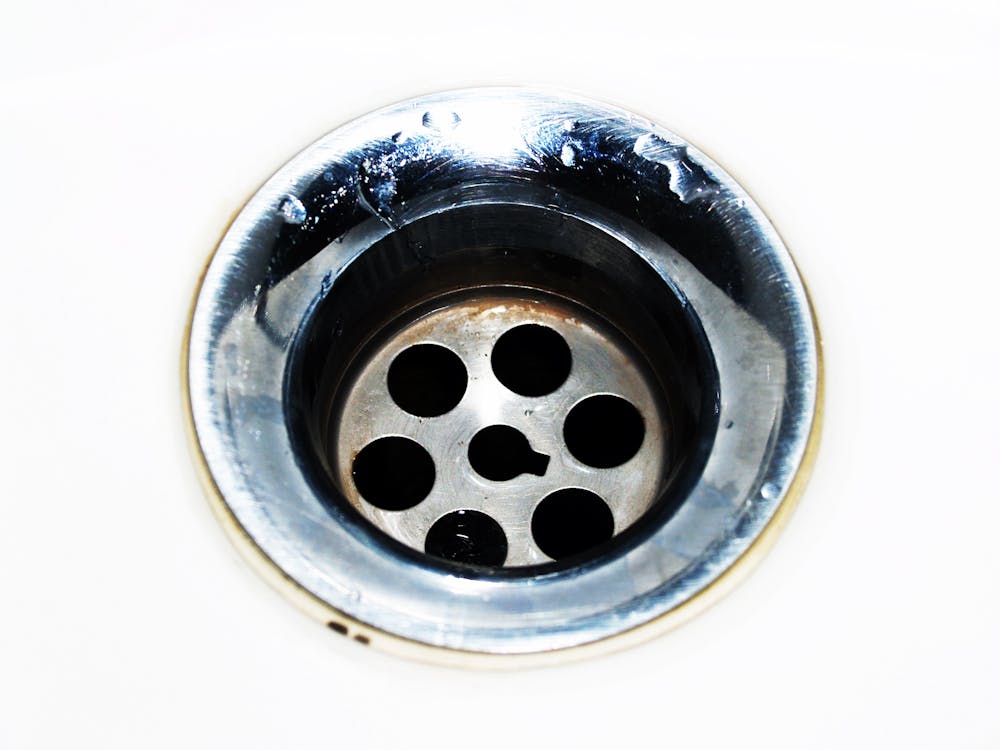Why Do Drains Get Clogged?
A clogged drain can be a hassle, causing water to back up and creating unpleasant odors in your home. Whether it’s in the kitchen, bathroom, or laundry room, dealing with a blocked drain is something every homeowner faces at some point. The good news is that fixing a clogged drain is often straightforward and can be done with a few simple tools and techniques. This blog will guide you through the steps to unclog your drain and get things flowing smoothly again.

Understanding the Problem
Before diving into the solutions, it’s essential to understand why drains get clogged. Common causes include:
Hair: One of the primary culprits in bathroom drains, hair can bind with soap scum and other debris, forming tough clogs.
Grease and Food Particles: Grease and food scraps can accumulate and harden in kitchen sinks over time, leading to blockages.
Soap and Dirt: Soap residue and dirt can build up in any drain, combining with other materials to form clogs.
Foreign Objects: Small objects like jewelry, toys, or even pieces of broken items can accidentally fall into drains and cause blockages.
Tools You’ll Need
Here’s a list of tools and materials you might need to fix a clogged drain:
Plunger
Drain snake or auger
Bucket
Rubber gloves
Baking soda and vinegar
Boiling water
Pipe wrench
Plumber’s tape
Step-by-Step Guide
1. Boiling Water
Sometimes, all you need to clear a minor clog is boiling water. Boil a kettle of water and carefully pour it down the drain in two or three stages, allowing the hot water to work through the clog in between each pour. This method works well for grease and soap clogs.
2. Plunger
A plunger can be highly effective for unclogging drains. Ensure you have a good seal around the drain and pump the plunger up and down vigorously. The pressure created can often dislodge the clog and get your drain flowing again.
3. Baking Soda and Vinegar
A natural and effective solution involves using baking soda and vinegar. Here’s how:
Pour half a cup of baking soda down the drain.
Follow it with half a cup of white vinegar.
Cover the drain with a plug or cloth to contain the fizzing reaction.
Wait for about 15 minutes, then flush with boiling water.
This combination can break down grease and organic matter, making it easier to flush away.

4. Drain Snake or Auger
For more stubborn clogs, a drain snake or auger might be necessary. Insert the snake into the drain and twist it to catch the clog. Once you feel resistance, pull the snake out to remove the clog. This tool is excellent for hair and larger debris.
5. Cleaning the Trap
If the above methods don’t work, you might need to clean the P-trap. Here’s how:
Place a bucket under the trap to catch any water.
Use a pipe wrench to loosen the slip nuts on the trap.
Remove the trap and clean out any debris.
Reassemble the trap and check for leaks by running water.

6. Calling a Professional
If all else fails, it might be time to call a professional plumber. Persistent clogs could indicate a more severe problem, such as a blocked sewer line requiring specialized equipment and expertise to fix.
Preventing Future Clogs
Prevention is always better than cure. Here are some tips to keep your drains clear:
Use drain screens: These can catch hair, food particles, and other debris before they go down the drain.
To avoid pouring grease down the drain, Dispose of cooking oil and grease in a container and throw it away with your regular trash.
Run hot water: After using the sink, run hot water for a few minutes to help keep oils and fats from solidifying.
Regular maintenance: Periodically flush your drains with boiling water or a baking soda and vinegar solution to keep them clear.
Dealing with a clogged drain doesn’t have to be daunting. With the right tools and techniques, you can often clear the blockage yourself and prevent future issues. Remember, regular maintenance is key to keeping your drains flowing smoothly. If you encounter persistent problems, don’t hesitate to seek professional help. Happy unclogging!




